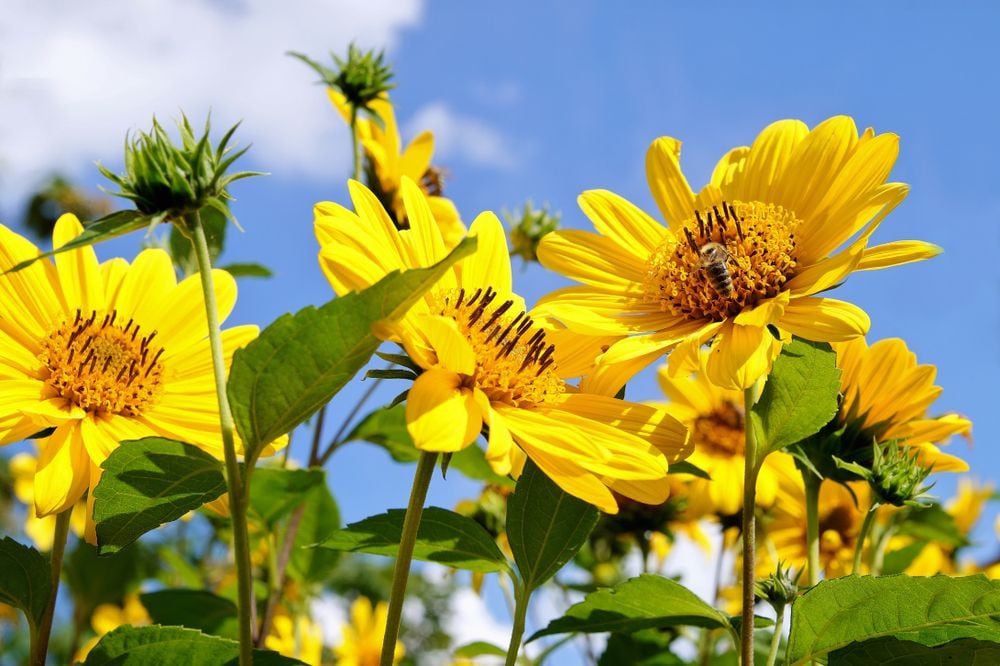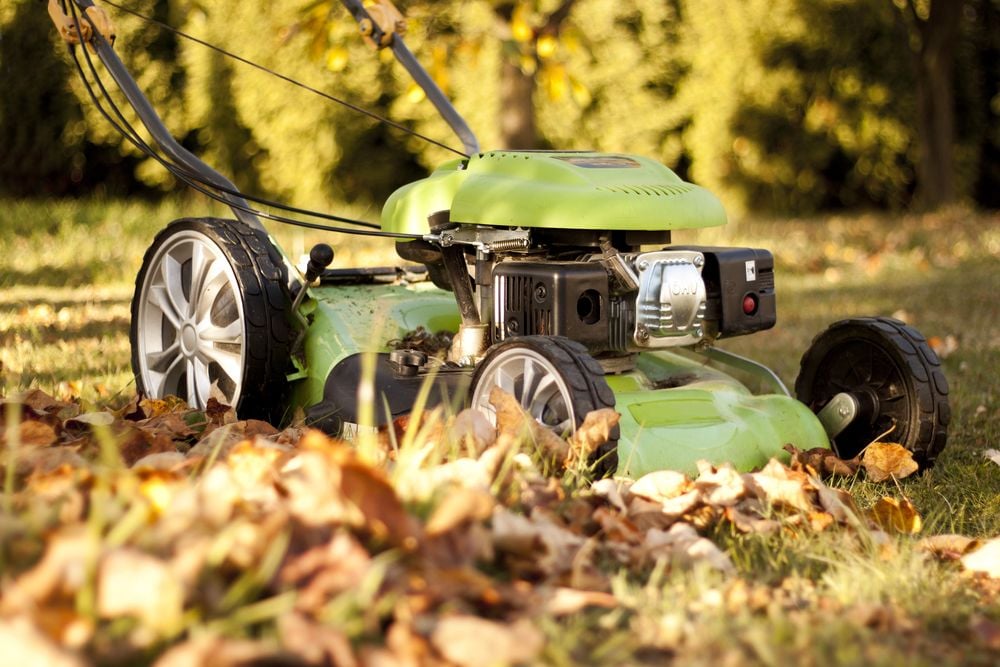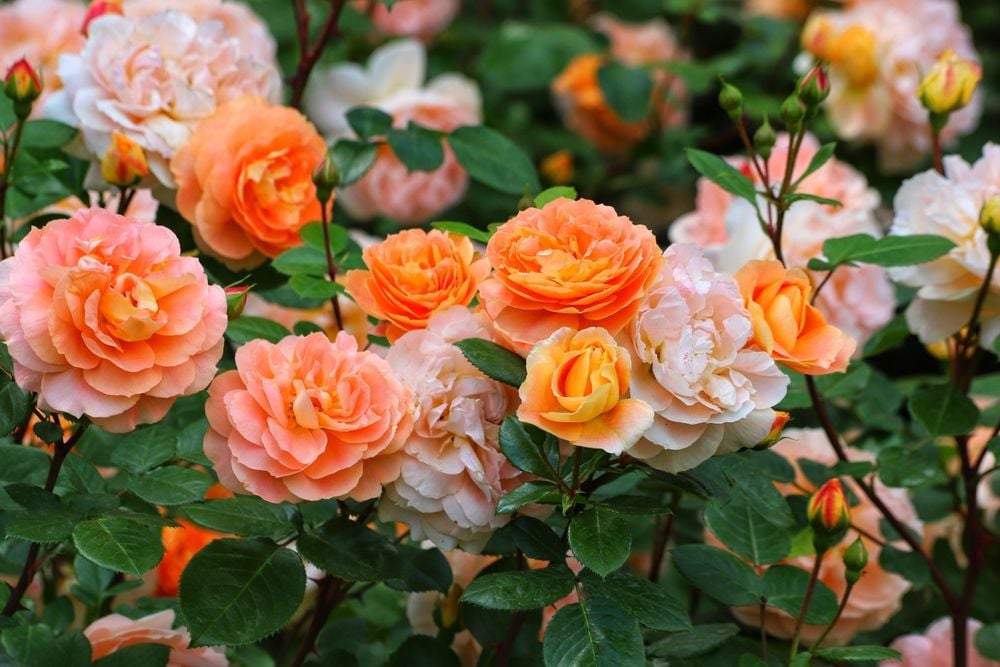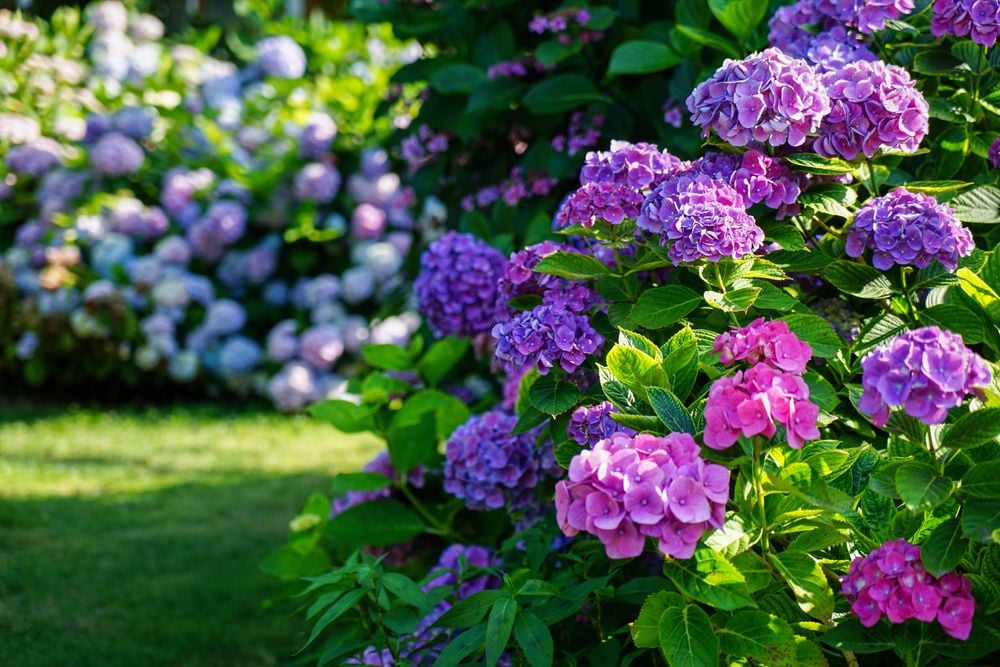
Enjoy The Year-Round Blooms of Perennial Sunflowers: A Detailed Guide
- Jul 10, 2025
Perennial sunflowers, known as Helianthus spp., are a favorite to amateur and seasoned gardeners for their vibrant colors and numerous blooms in late summer and fall. The perennial sunflower might be smaller than its annual counterpart, but it stands out with its profusion of flowers in varying hues of gold or a soft lemon yellow. Notably, a particular breed, the Helianthus salicifolius, has fine foliage with branches only at the flowering tips, creating an ethereal effect.
Perennial sunflowers, native to the United States, thrive in diverse environments, including the Great Plains and rocky woodlands. They're resilient and adapt well to various conditions.
When thinking about the ideal location for your perennial sunflowers, contemplate an area that gets ample sunlight and has excellent drainage. For aesthetic purposes, plant the smaller species at the front of a border while taller ones fit best in the middle or back of a mixed garden.
If your ideal perennial sunflower is taller, supporting them with stakes, other tall plants, walls, or fences is a good idea, as they might flop over.
Planting perennial sunflower seeds directly into your garden can be done best right after the final spring frost. Ensure the soil is loosened to at least 1 foot deep and imbued with compost and organic matter. Seeds, once sown, can bloom by fall or the following spring.
If indoor planting is your preference, start 8 to 10 weeks prior to the last spring frost's dates. Put the seeds in a plastic bag with moist seed-starting mix and refrigerate for a month before planting in small pots. Once the soil gets warmer in late spring, it's time to plant them outdoors.
Perennial sunflowers aren't all that demanding. They grow best in well-drained soil, can withstand drought, high humidity, or slightly chilly weather. However, ensure they get plenty of sunlight to prevent fungal diseases.
Established perennial sunflowers should be given a once-a-year spring fertilization with a low-nitrogen, granular fertilizer. Regular pruning isn't needed much; only remove damaged foliage and cut back two-thirds of the plant during early spring.
Perennial sunflowers are susceptible to aphids during spring and early summer, treatable with a quick spray of water or application of neem oil or insecticidal soap.
Perennial sunflowers can be propagated via division or seeds. Division involves splitting the sunflower's rhizomes. If you desire new plants, divide more frequently. For propagation through seeds, allow the bloom to dry up before rubbing with your hands to release them. Rinse and air dry before preserving them for the next planting season.
There are multiple types of perennial sunflowers to choose from, including 'Lemon Queen', 'Low Down', angustifolius, and salicifolius. Each varietal offers unique attributes in height, bloom, and beauty.
For perfect companion plants, consider the dahlia, daylilies, or annual salvias.
Perennial sunflowers grow best in different environments and under certain conditions. However, with proper love and care, they offer a blooming season that lasts 8-12 weeks beginning around mid- or late summer, promising a long and color-rich blossoming experience.






